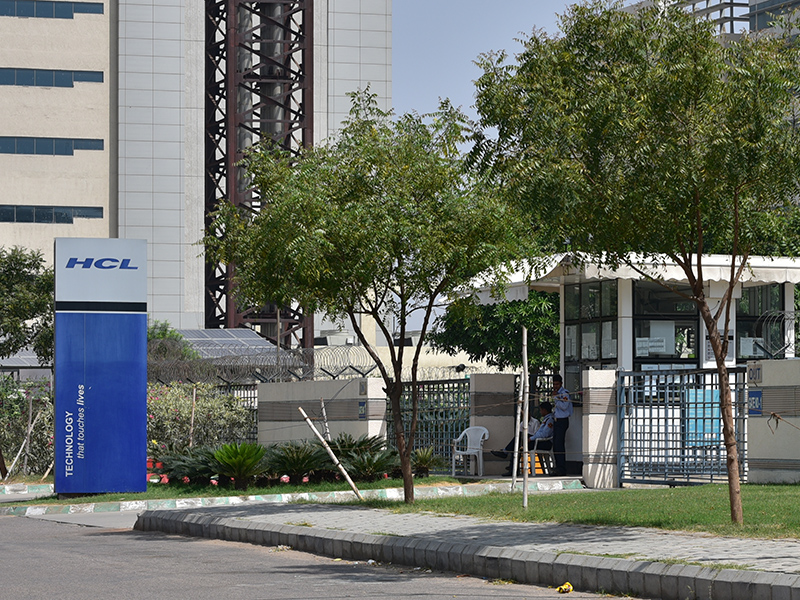How HCL Tech balances its organic and inorganic strategy will determine its growth
The company has been pursuing Mode 1-2-3 strategy and so far has seen significant success as evident from the high growth the company witnessed in the last few quarters.
 Image: Shutterstock
Image: Shutterstock
Noida-based HCL Technologies (HCL) gave a revenue outlook of 14-16 percent for FY2020, at the back of robust deal pipeline and acquisitions that are beginning pay off. However, analysts say that also critical will be how the company balances its organic strategy with its inorganic ambitions.
The company has been pursuing Mode 1-2-3 strategy in the last couple of years and so far has seen significant success as evident from the company's financial results.
What is Mode strategy? Mode strategy focuses on strengthening its core services (Mode 1) and build future ready platforms through emerging technologies such as artificial intelligence, machine learning and cloud (Mode 2). The strategy also includes IP-led growth through partnerships with tech companies like IBM (Mode 3).
In a bid to grow, the company has been investing heavily in acquiring companies that are in line with HCL's growth strategy for Mode 2 and Mode 3. This includes acquisition of seven products of IBM for $1.8 billion. The company recently closed acquisition of Strong-Bridge Envision, H&D International group and Actian Corporation.
The company in its earnings call on May 9 said that the inorganic growth will be led by IBM products and previous acquisitions in the coming year.
Organic focus
However analysts have pointed out that while the company's focus on emerging technologies is paying off with the digital transformation spend on the rise, the company needs to further its organic business growth as well.
Pareekh Jain, founder, Pareekh Consulting, a technology consultancy firm, explained that the focus in organic growth is important as it gives value proposition for clients.
"Though the company's revenue has grown, the valuation is not as high as not many are convinced that an IT services company could be a product company as well," he pointed out.
The company's revenue from operations grew 19.4 percent year-on-year in FY19. The organic growth accounted for about 6.5 percent.
For FY 2020, the total guidance is at 14-16 percent, of which organic is 7-9 percent and the balance 7 percent is inorganic.
Jain pointed out that while the company's growth outlook is almost equal for both organic and inorganic, it all depends on how the company is able to scale its Mode 3 portfolio, which is IP-led.
According to Jain, sustainability of pure play digital is questionable given the macro-economic uncertainty and fast changing technology landscape. According to a report by India Equity Analytics, while FY19 was good year from the spend perspective from US customers, growth in FY20 will less compared to last year.
The report explained that the company is also seeing some client getting impacted by trade tariff in near term, thus resulting in some pressure in existing clients.
Balancing organic and inorganic strategy is not anything new as many service companies have struggled to scale their tech offerings. For instance few of Infosys acquisitions such as Panaya failed and it had to sell of its acquired assets.
Yugal Joshi, Vice President, Everest Group, said the challenge for the company lies in not just acquiring companies are in line with its strategy, but how it can use them to leverage growth in the market that is fast changing.
Original Source: https://www.moneycontrol.com/news/business/companies/how-hcl-tech-balances-its-organic-and-inorganic-strategy-will-determine-its-growth-3967621.html